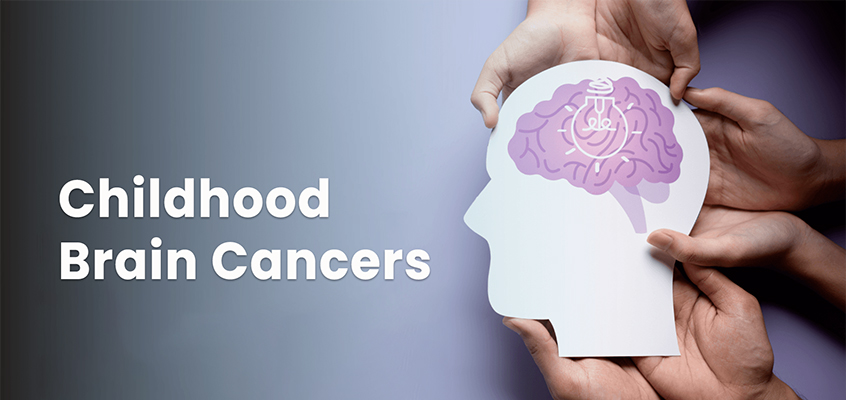By: Dr Silky Jain | Updated: Sep 18, 2023

The most common types of childhood cancers include leukemias, brain cancers, lymphomas and solid tumours.
Childhood brain cancers are a group of rare tumors that develop in the brain or central nervous system (CNS) of children and adolescents. These cancers can be highly challenging to diagnose and treat due to their location and the developing nature of the brain. Here are some key points about childhood brain cancers:
Types of Childhood Brain Cancers: There are several types of childhood brain cancers, including but not limited to:
Symptoms: The symptoms of childhood brain cancers can vary widely depending on the location and size of the tumor. Common symptoms may include persistent headaches, vomiting (especially in the morning), changes in vision, balance problems, seizures, changes in behavior or personality, and motor skill deficits.
Diagnosis: Diagnosis typically involves a combination of imaging studies such as MRI or CT scans, neurological examinations, and, in some cases, a biopsy to determine the tumor type. Accurate diagnosis is essential for developing an appropriate treatment plan.
Treatment: The treatment for childhood brain cancers often involves a multidisciplinary approach, including surgery, radiation therapy, and chemotherapy. The specific treatment plan depends on factors such as the tumor type, location, and stage, as well as the child’s age and overall health. Surgical removal of the tumor, when feasible, is a primary goal.
© Copyright 2025 Dr Silky Jain
Design & Developed By Ezbiz technologies pvt ltd